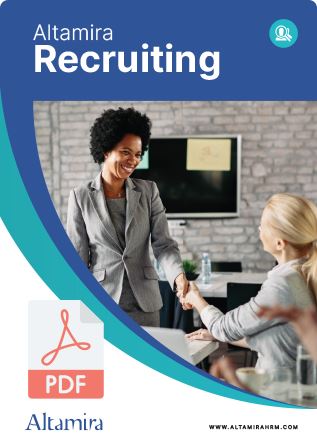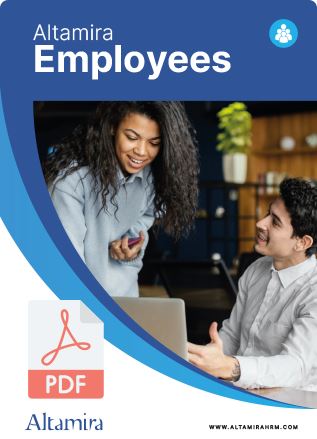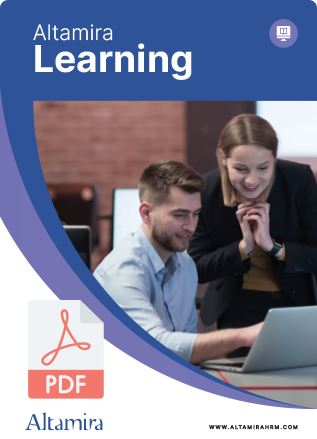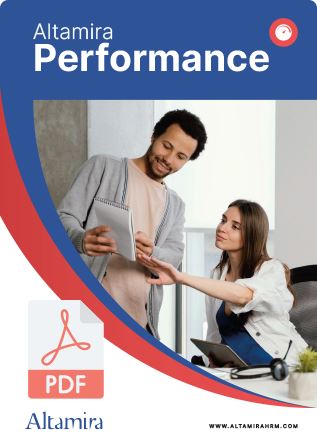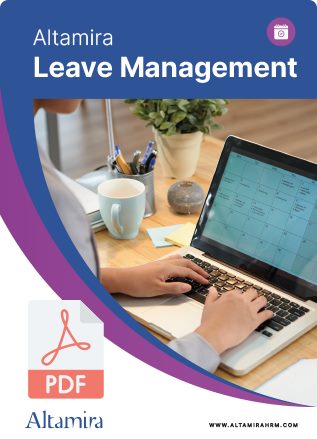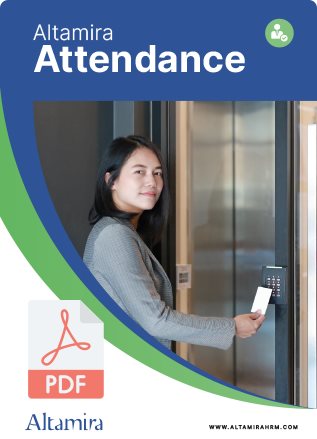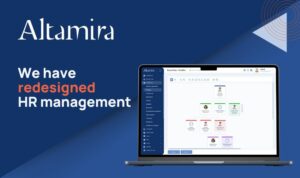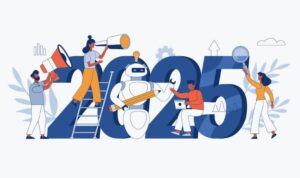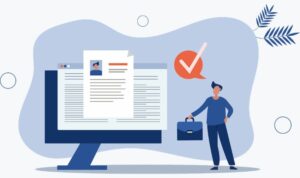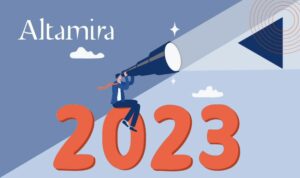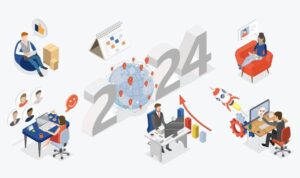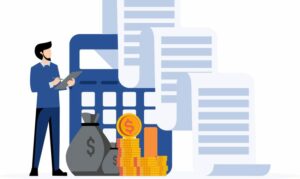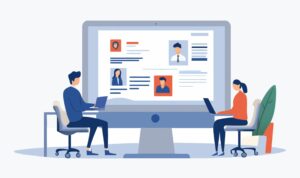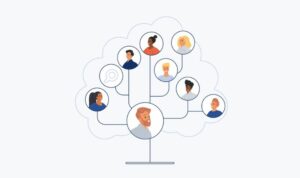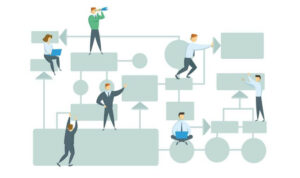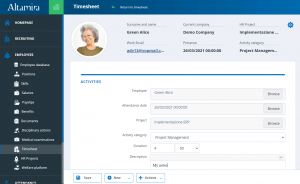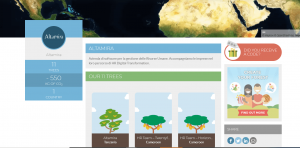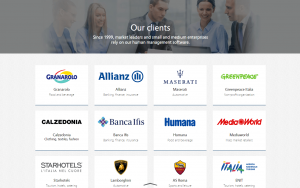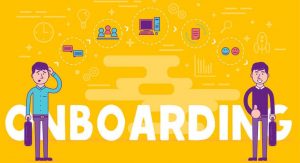Despite the increasingly obvious benefits, there are many companies that have not yet digitized all or some of their HR processes.
Some feel they are “too small” to use specific HR solutions, others struggle to abandon established habits, and others feel they are so caught up in the day-to-day that they don’t have the time to embark on a successful HR transformation.
Your company may also be choosing to forego a valuable tool to foster the growth of human resources and business.
Here are 10 clues that should let you know it’s time to start the search for good HR software.
1. Data entry takes up a good portion of your time
In recent years, personnel management is finally making its way onto corporate boards, reclaiming its vital function for the entire company business.
This is especially true when your staff has enough time to devote to strategic activities that ensure the company has a positive climate, a perfect distribution of skills, a rich pipeline of talent ready to join the company and a satisfactory welfare and reward system.
If much of your time is spent updating candidate and employee data and information, correcting attendance system anomalies, filling out paper evaluation forms and other low-value-added activities, you need to automate your HR processes to increase efficiency and free up time for more strategic tasks.
2. You just contacted the same candidate as your colleague did, again
Do you often find yourself contacting a candidate about an open position, only to find that a colleague has already contacted him/her about another job offer?
These kinds of incidents—which are not good for a company’s credibility as an employer—are by no means uncommon when you don’t have the right tools in place. All the more so now that the rise of remote work has made it more difficult to coordinate your work with that of fellow recruiters.
Solving these problems is very easy: just have an ATS that flags candidates included in the screening processes of other job postings.
While in the past search and selection activities were digitized only by large companies and recruitment firms, today the offer is mature and within reach of SMEs as well.
3. The processing of candidate and employee data is not GDPR compliant
Performing proper processing of employee and candidate data is an impossible task using generic tools such as Excel or, even worse, paper documents.
Communicating and adhering to data retention times, ensuring rights such as data processing restrictions, and storing employee information only as long as necessary to meet legal obligations are activities that require the help of modern recruiting and staff management software.
Properly managing the data processing of hundreds or thousands of candidates is particularly difficult. This is precisely why all companies that perform more than a couple of selections per year have begun to consider purchasing an ATS equipped with a GDPR module.
4. It takes you hours to find the information you’re looking for
Researching information about an employee, candidate, contract or similar can be time-consuming if the data is scattered across Excel files, Word files, network folders, emails and non-integrated software, or, as is often the case, is solely in the hands of the personnel consultant.
If you happen to spend precious hours each month searching for information—perhaps to discover that it has been overwritten and no history exists—it’s time to turn to a digital archive designed specifically for your work.
In particular, by choosing an integrated HR platform, you’ll have a single searchable and filterable database that can maintain a history of changes made, archive documents, set up notifications, organize data into reports and statistics, etc.
5. You missed a deadline, again
With so much red tape to deal with, the HR department has a mountain of deadlines to meet. Relying solely on your memory and periodic checks on a multitude of different documents is neither convenient nor efficient.
If the tasks are now too many to handle with physical files, it’s time to switch to modern HR software.
These systems make it possible to organize a virtual schedule associated with employee management activities performed on the platform.
Receiving a notification when a contract is expiring or when it’s time for an employee to undergo a medical exam will make your life easier and improve the accuracy of your work.
6. The bulletin board is full of notices, but there’s no one in the office to read them
Do you have a practice of displaying communications for staff on the bulletin board at the entrance to your offices?
With a good portion of your employees working from home, you need a new method of making them aware of the latest news.
An employee portal serves this purpose, among many other things.
By posting documents and notices on its virtual bulletin board, you can communicate in real time to all employees, wherever they are.
Much more efficient and environmentally friendly than a printed sheet!
7. Correcting the attendance book takes days
Time and attendance is one of the oldest HR areas where software support has been used. However, it is also one of the areas where many of the solutions used have become outdated over the years and are anything but user-friendly and flexible.
As a result, a large number of staff still has to spend days troubleshooting anomalies in the monthly attendance book, going back in time to reconstruct the causes.
Switching to modern time and attendance software greatly reduces the workload. On the one hand, the extra configuration options limit the number of errors generated, and on the other, the easy self-service interface allows managers and employees to resolve most anomalies themselves.
8. Evaluations have slowed to a halt
With employees often working remotely—and very likely to continue doing so—have your company’s evaluation processes stalled? It’s probably time to change both the logic and the tools you use.
For example, evaluating by observable behaviors has become much more complicated, while managing by objectively measurable goals is advisable.
The old paper evaluation sheets must finally be put aside in order to move to digital and interactive tools like Altamira Performance, which increase the transparency and interactivity of the process.
9. You don’t value training as much as you should
In the coming years, corporate training will be even more important, given the large number of new skills that are essential to cultivate in the company.
Yet, there are many companies struggling to even manage the tasks of mandatory safety training.
Introducing software for training management means, on the one hand, speeding up many processes—for example, through a system of automatic notifications that delivers information on the upcoming expiration of certifications obtained by staff—and on the other, improving the organization of the training plan.
Training software also allows you to calculate valuable KPIs—on course attendance, budget used, grades and skills achieved—to improve your internal training offerings year after year.
10. Organizing the vacation plan makes you feel like you need a vacation
Even in years that are less complicated than the last one, organizing a vacation plan without the support of HR software is a less-than-efficient activity, which is time-consuming for HR, managers and administration and can cause staff discontent.
Employees often complain about the lack of transparency of “traditional” management: they do not know whether other colleagues have already applied for leave for a period they are interested in, they are not sure whether their applications have been received, they find it difficult to calculate the amount of leave on the pay slip, etc.
Managers, for their part, want a simple system that allows them to quickly evaluate and approve requests and avoid ending up with too many people missing on the team.
The use of absence management software solves all of these problems and many more, making it easier for the administration and HR department to produce the files needed to create pay slips and compile reports and statistics on absenteeism.
Copyright: ©Knut/Adobe Stock

